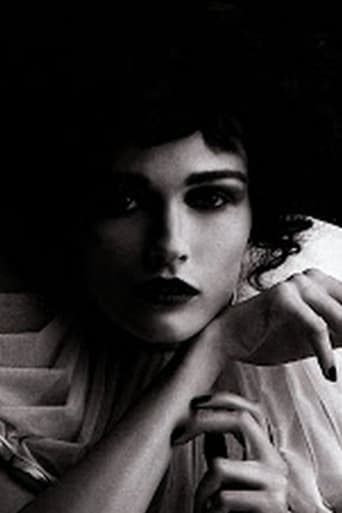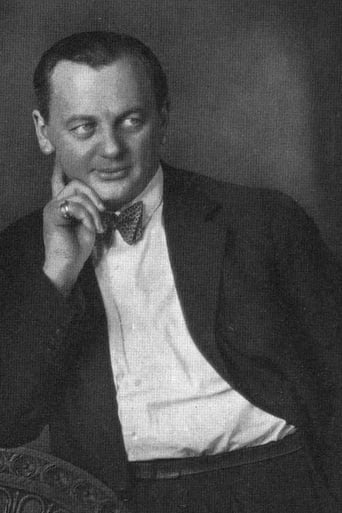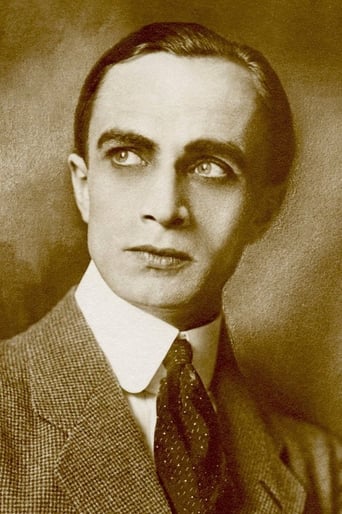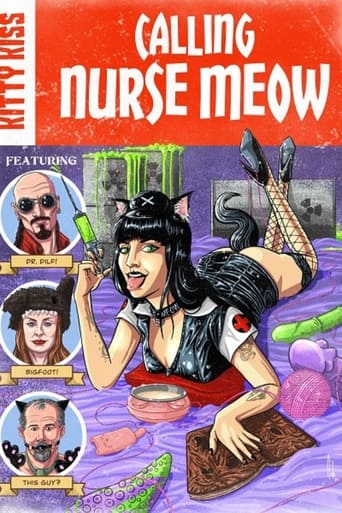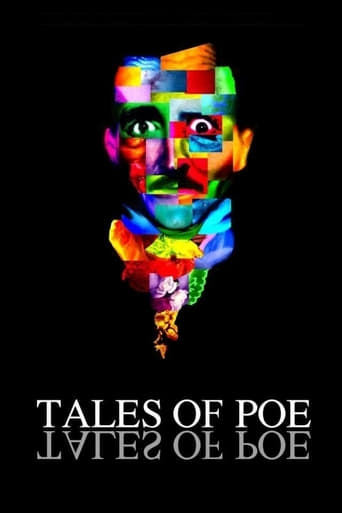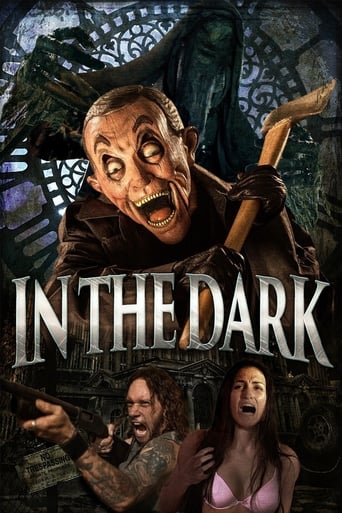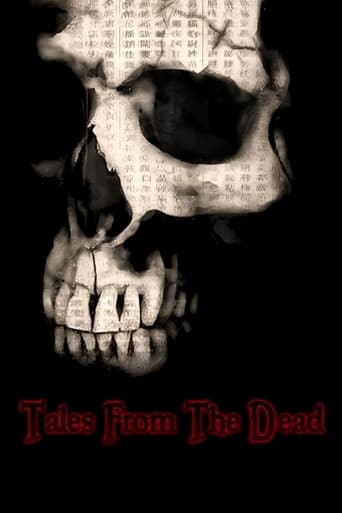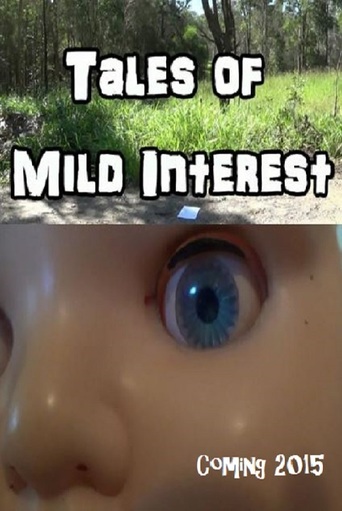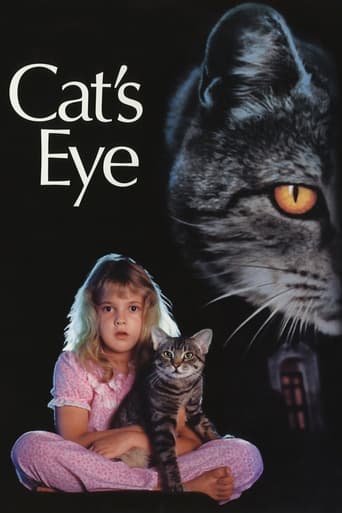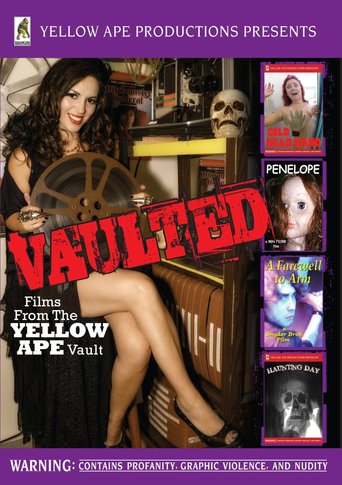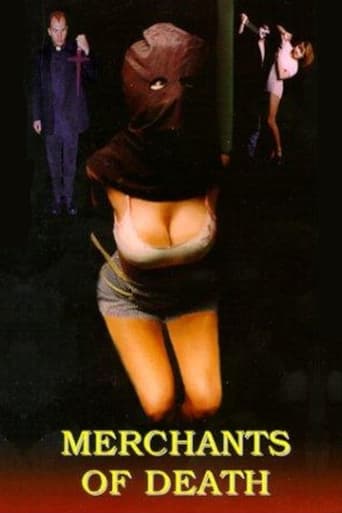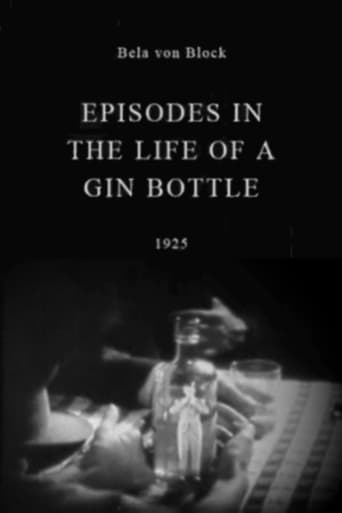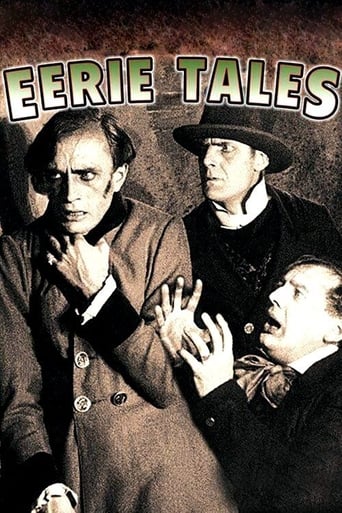
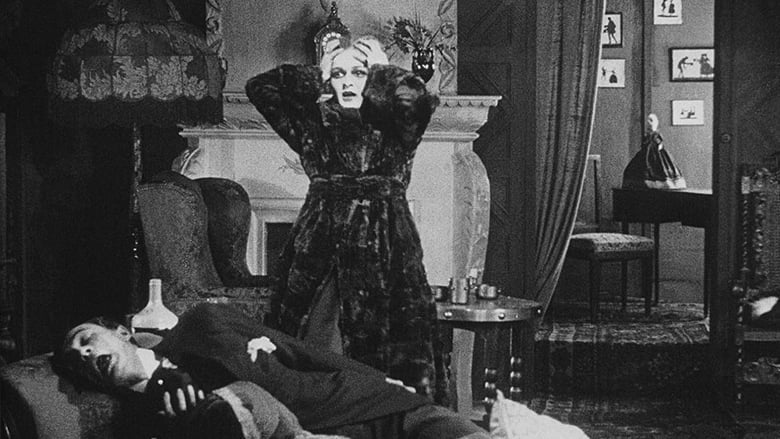
Eerie Tales (1919)
After the old-books shop closes, portraits of the Strumpet, Death, and the Devil come to life and amuse themselves by reading stories--about themselves.
Watch Trailer
Cast


Similar titles
Reviews
By 1919 feature films were now long enough to accommodate more than just one story (as 'Intolerance' had amply demonstrated), and 'Unheimliche Geschichten' provides five; replete with spooky special effects and atmospherically lit interiors shot by Carl Hoffmann that make good use of depth of field. (The apprehensive-looking fellow who appears in the prologue with Reinhold Schunzel and Conrad Veidt is director Richard Oswald.) 'The Black Cat' and 'The Suicide Club' (episodes 3 and 4) will already be familiar to most viewers, while the first episode presumably draws upon the same urban legend that originated during the Paris Exposition of 1889 that was most famously filmed as 'So Long at the Fair' in 1950. I don't know how widely seen this film was during the 20's, but plenty of the imagery found its way into later, more famous movies (the ghostly clutching hand in 'The Beast with Five Fingers', the button that can kill the person sitting in a particular chair at the reading of SPECTRE's financial reports in 'Thunderball', for example).With his creepy demeanour, slicked-back hair and tights, moon-faced Reinhold Schunzel as Satan resembles The Riddler, while in the first episode he looks like Kurt Raab. It's always good to see Conrad Veidt; but the film is particularly valuable as a record of the naughty Weimar-era cabaret dancer Anita Berber, whose adoption of formal male attire in 'Dr Mabuse' was later made famous by her erstwhile girlfriend Marlene Dietrich, and who was the subject of a famous portrait by Otto Dix in 1925. She burned herself out young but here gets ample opportunity to display her worldly presence in several different roles, as well as her famous androgyny and dancing agility doing the splits in tights and a short smock that display her legs while simultaneously making her resemble a female Hamlet.
Unheimliche Geschichten is an anthology of five short "Uncanny Stories" read by Death, the Devil and the Harlot who step out of three life sized paintings in an old bookstore after closing. Though really none of these tales are very frightening, Conrad Veidt's menacing looks and dramatic performances in each, undoubtedly helped him secure the role of Caesar in The Cabinet of Doctor Caligari (1920). Oswald's use of the anthology format may also be the earliest in the history of the horror genre of cinema.
2003 review:Richard Oswald directs a fascinating selection of tales co-starring a youthful Conrad Veidt, Reinhold Schünzel and Anita Berber.SLIGHT SPOILERSAs others have said this film has a rather casual feel to it, accentuated by the opening shots of the three actors, gathered for the camera, almost as though taking bows before the film proper. A framing sequence has the three emerge from old paintings in an antiquarian bookshop,and read the stories which the film illustrates Through most of these, Veidt and Schunzel play rivals over Berber, and the stories include Poe's "The Black Cat" and an excellent run through of Stevenson's "Suicide Club" Played for the most part in real time the latter builds a real sense of unease as the clock inexorable approaches midnight. However the best story is "Die Hand" in which Schünzel murders Berber's husband, Veidt, in order to have her to himself and is then haunted by the latter during a séance.Playing somewhat like an Amicus compendium 50 years before the event, Weird Tales may be a modest affair, but it's fast moving, atmospherically shot and occasionally stylish. The version I saw was a beautiful 2002 restoration with an evocative score and German title cards (not a problem except in the last and weakest story where the titles are in verse) Whilst it's not a great film it's fast moving and enjoyable and stands up well 84 years later. 2014 update:But it's in its central trio of performers that the film holds it's real interest – each illustrating a different aspect of how art and culture in Germany would evolve in the turbulent years to come.Most familiar is Conrad Veidt - the versatile and expressive star of German and international cinema. Here, as always, he is fascinating in what seems like a warm up for his great roles in the 20's. He became a favourite German actor, starring in dozens of films across Europe and in America. An avowed anti-Nazi, yet one who believed in the essential goodness of people, he relocated to England in 1932 but continued appearing in German productions until a notorious incident in 1934. He had just completed the remake of "William Tell and was due to return to England for "Jew Suess" a tale of a Jewish 18th Century financier who tries to ease his people's oppression through his influence at court.Knowing of this, Goebels had Veidt placed under house arrest and he was forced to write a "sick note" to the UK producer, Michael Balcon. However Balcon was suspicious and being diplomatically connected, threatened to create an international incident of this unless an approved doctor was allowed to examine Veidt. Of course Veidt was perfectly well and the Nazis were forced to release him. Veidt was subsequently vilified in the German press and from then on only worked in England, France and America and 71years after his death is remembered with particular affection by his British fans.The rather obscure Reinhold Schünzel also excels, a protean figure here, and similar in life – alternating between acting and directing throughout his career. His directorial style was influenced by his two mentors (Richard Oswald and Ernst Lubitsch,) and several of his films (Viktor und Viktoria (1933) and Amphityron (1935)) show an unmistakable light and risqué touch.Despite his Jewish background, Schunzel's success as a director was such that he was awarded the dubious distinction of Honorary Aryan and permitted to continue in Germany. But he grew frustrated by the increasing interference on his projects and left for America in 1937. He directed a few films at MGM (none with particular success) but his career stalled with the failure of " Ice Follies of 1939", a disaster of such proportion that star Joan Crawford was labelled "box-office poison".After that he returned to acting - notably as the sly Nazi doctor who suggests slowly poisoning Ingrid Bergman in Hitchcock's "Notorious". He continued in smaller parts through the early 50's before attempting to revive his directorial career in Germany.But he discovered that his association with Nazi era cinema had indelibly stained him. He was fired from his comeback film "Die Dubarry" (1951), had difficulty finding further work and died penniless in 1954. Then there's Anita Berber – resembling a 19th century version of Nina Hagan. Berber is the femme fatale at the centre of each story and in the prologue she satirises the dewy eyed heroine most leading actresses played in those days.She's an enthusiastic and energetic presence throughout the film and a good match for her co-stars.In one sequence we catch a glimpse of her dancing on stage - and it was in this guise that 19 year old Berber came to director Oswald's attention. Berber had undoubted star quality and was busy in the following years - even appearing opposite Veidt and Schunzel again. But Berber's acting was eclipsed by her real life notoriety - as artist, writer and avante-garde dancer whose performances (often nude and overtly sexual) shocked the more conservative factions. In addition her open bisexually and prolific drug taking marked her as one of the most controversial figures in 20's Berlin and she can be seen as a vampire type figure in a famous Otto Dix portrait of 1926. Berber would have perished under the Nazis - Hitler apparently described her as the "Devil's spawn". But her decadent lifestyle ensured she didn't live that long, contracting TB whilst on tour and dying at just 30 in November 1928.So watch and enjoy this little compendium, marvel at the stranger than fiction lives of those starring in this, and wonder at the dull as dirt people we think of as "stars" today.
Any devotee of vintage horror films will want to see Conrad Veidt in an anthology of fantastic tales, but will be disappointed if he expects another "Waxworks" or "Destiny." This looks as if it had been tossed together rather casually, as an actors' lark, and the actors, especially Veidt, mug exuberantly. The five tales, sketchily told, are "The Black Cat," "The Suicide Club," stories of hauntings real and fake, and the old anecdote about the man whose wife disappears from an inn where everyone swears she was never there. These are read by three figures who have stepped out of paintings in an antiquarian bookshop and driven off the (exceedingly odd) owner. The three appear in all the stories, usually with the two men as rivals for the woman. The tone of the framing story and one of the tales from the books is comic, and that of the others deliberately exaggerated. The prevailing weirdness tends to neutralize the scary moments, and so does the Wagnerian music with which the version distributed by LS Video has been unwisely scored. This version doesn't look bad compared to some old films on video (one can clearly make out the actors' faces), but the condition of the print makes it impossible to tell how the film looked originally. It's no classic, but an entertaining view of a young Veidt running the gamut of extreme emoting.


